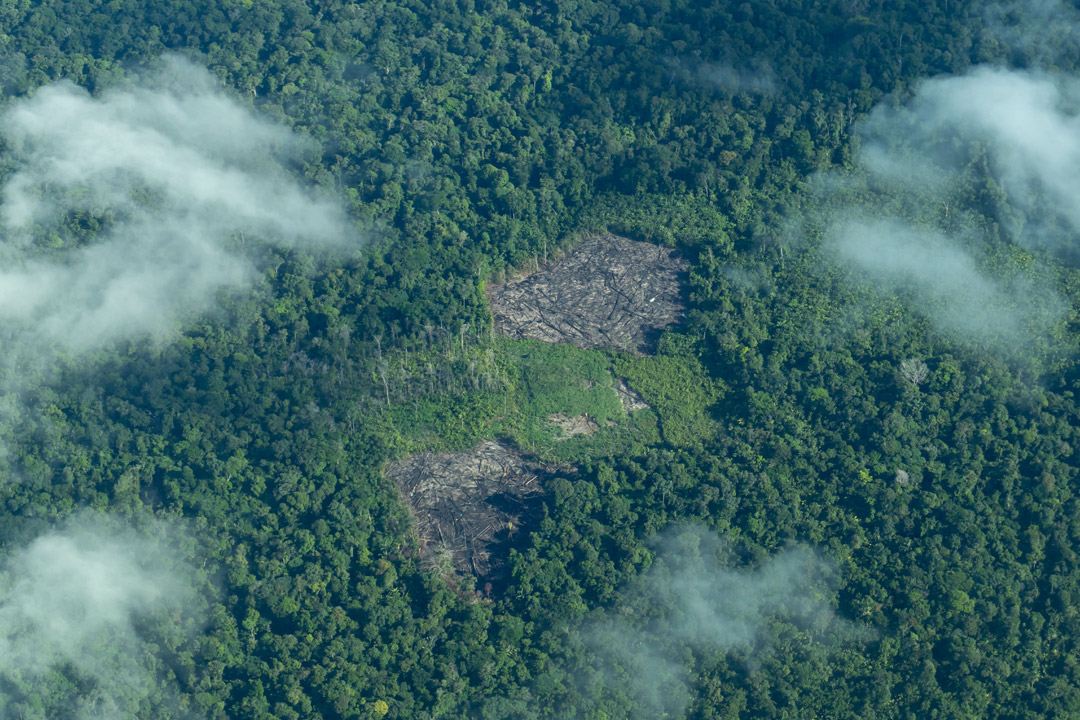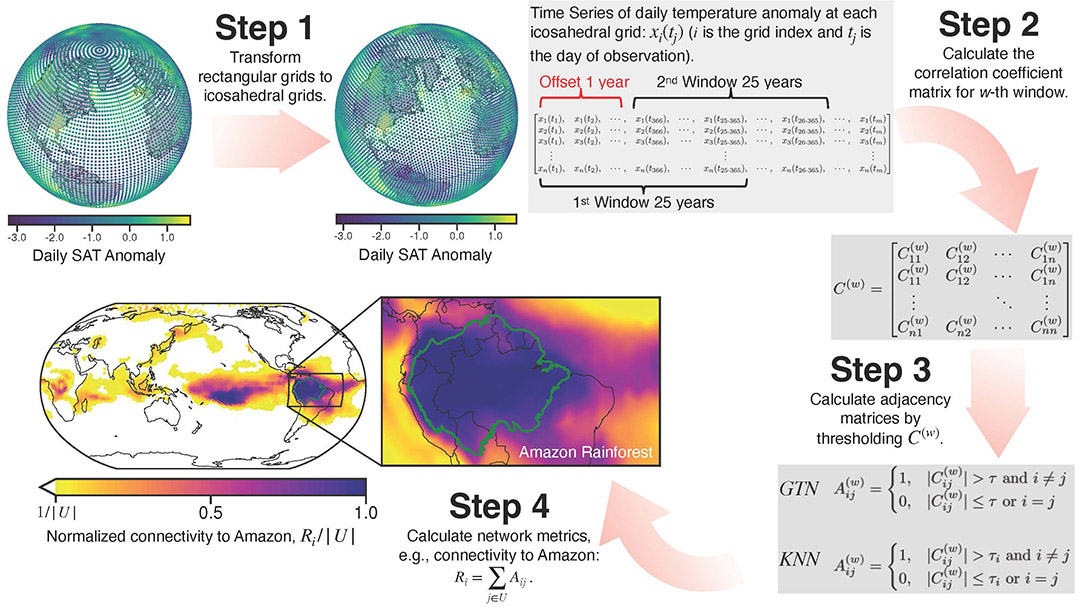RIT researchers highlight the changing connectivity of the Amazon rainforest to global climate
Team uses an innovative approach for analyzing large-scale climate data known as climate network analysis
Tarcisio Schnaider/stock.adobe.com
The Amazon rainforest is one of the largest ecosystems in the world, and its climate is changing due to warming and deforestation. Researchers from Rochester Institute of Technology studied the region’s connectivity to the global climate crisis.
The Amazon rainforest is a unique region where climatologists have studied the effects of warming and deforestation for decades. With the global climate crisis becoming more evident, a new study is linking the Amazon to climate change around the rest of the world.
Scholars at Rochester Institute of Technology have looked at the issue from a mathematical perspective and have reinforced the idea that the Amazon’s climate is very much connected to the global climate system and that the connectivity is reconfiguring.
Mathematical modeling Ph.D. student Adam Giammarese ’21 BS/MS (applied mathematics) and Assistant Professor Nishant Malik recently had their findings published as a featured article in Chaos: An Interdisciplinary Journal of Nonlinear Science. Giammarese began the work as part of RIT’s Research Experience for Undergraduates (REU) program, along with co-author Jacob Brown.
The team used both old and new approaches to climate network analysis for their research, analyzing decades of temperature data.
“The goal was to look at it purely from a mathematics and data perspective and to see what results we could find that mesh well with other findings about the Amazon and other climate changes,” said Giammarese.
Adam Giammarese/RIT
Researchers used climate network analysis, an innovative approach, to study the Amazon rainforest’s climate data and its connectivity to other climate regions.
As Malik explained, our planet’s climate system comprises several highly vulnerable elements called tipping points. These tipping points have critical warming thresholds. Once global warming crosses the threshold, the specific climate element will irreversibly collapse. The Amazon rainforest is one such tipping point, and it is also one of the most important ecosystems on earth.
“If such a big ecosystem disappears,” Malik added, “it will have a catastrophic consequence for our planet. We wanted to see if there are already signs of its interactions reconfiguring in the climate system.”
The researchers found that not only is the Amazon’s climate linked to the global climate system, but that it is changing, becoming even more connected to other climate regions around the world.
“It shows how vulnerable our climate system is,” said Malik. “We have provided proof that it is connected and it is changing its connectivity.”
In their analysis, the authors observed that the Amazon’s regional climate patterns have started to disappear as the Amazon is gaining more long-range links. The more change that comes to the Amazon region, the more impact it will have on the overall planet as the connectivity expands.
With these findings, Giammarese believes the next step is to look at other tipping points around the globe, like in the Arctic Circle, applying the same methodology used for climate network analysis. Looking at other climate regions and their interactions and connectivity would help provide a clearer picture of the global climate crisis.
“I think it would help discover how close we are to reaching tipping points and how we can mitigate them,” said Giammarese. “The main extension of the work is the methodology and how it can be applied to other places.”









